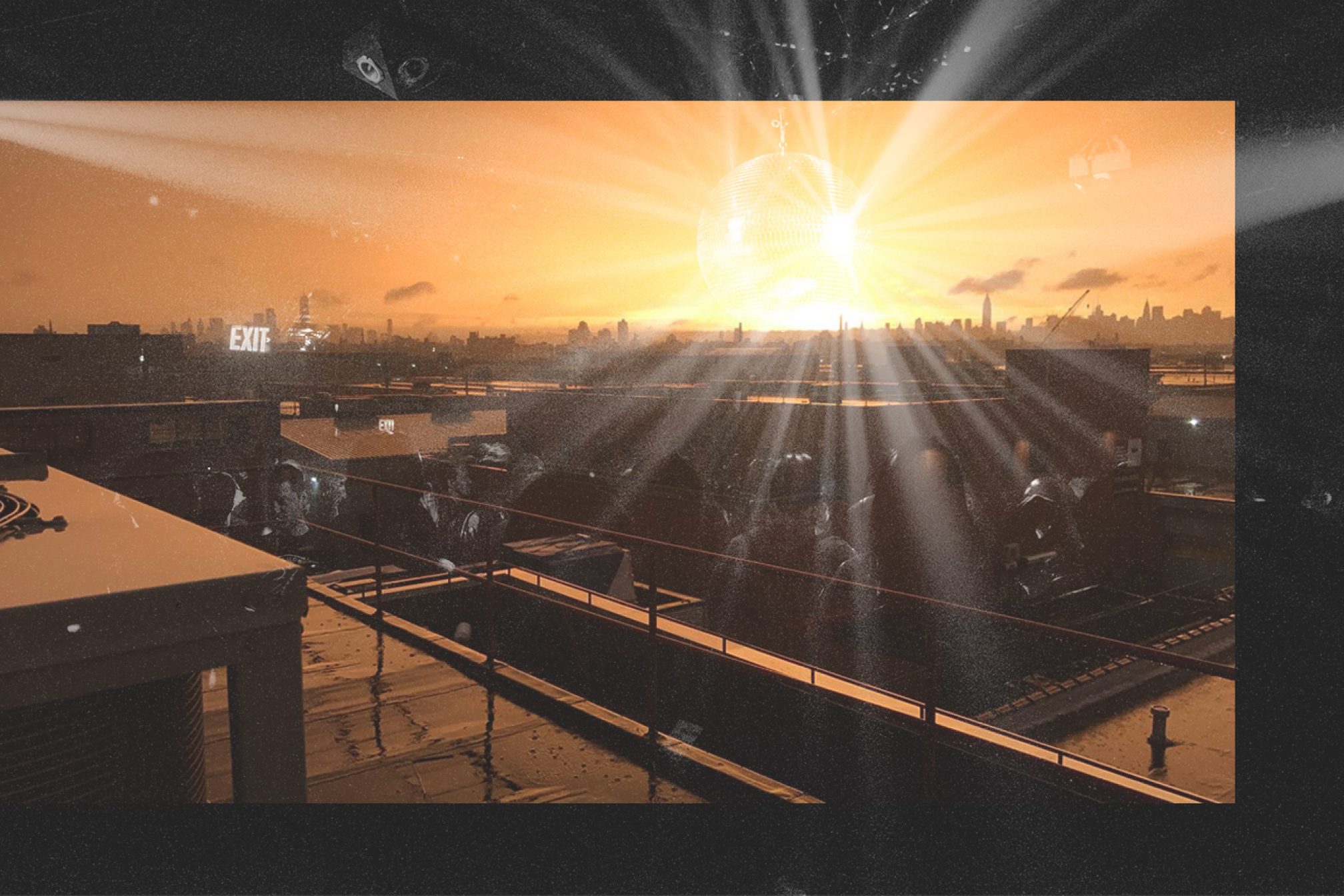 Scene reports
Scene reports
New York Rising: How Brooklyn became one of the world’s best clubbing destinations
A hotbed for nightclubs both small and large
Kicking back in a Brooklyn apartment on a Friday night, a group of seasoned clubbers in their late 20s have gathered to begin the weekend’s debauchery, but there’s conflict. Amid the frivolity a debate begins regarding where to spend the night out. Should they start at the Greenpoint hotspot Good Room, grab a drink at the intimate sonic paradise of Jupiter Disco, head straight to the acclaimed nightclub Output or linger in the apartment’s kitchen until 2AM before making their way to wherever the underground party people at Resolute have set up for the long morning? Each venue is hosting international talent, has exquisite sound and boasts a bumping dancefloor. In today’s global scene, this type of conflict is welcomed by the experienced club heads. Right now, Brooklyn is a premiere clubbing capital and its community is continuing to grow at a rapid rate.
These days, no matter where the dancers decide to go, there really isn’t a bad move and new venues like Elsewhere , Nowadays and even Analog BKNY are making decisions even harder. That said, it wasn’t long ago that you’d be hard pressed to find a proper dancefloor in Brooklyn. The nightclub scene was sparse just five years ago. As DFA Records affiliate The Juan MacLean discussed during a recent episode of Mixmag’s On Rotation podcast: “There just weren't any clubs. In Brooklyn there definitely weren't any. We used to just play in bars. DJs would play for a longer time and they would have to be more eclectic. There definitely wasn't Output back then. Output really planted the flag.”

When Output opened in 2013, it filled a massive void for a diverse range of contemporary dance music to flourish in New York City. Manhattan ruled over local club culture with Pacha, Cielo and Marquee satisfying the nightclub thirst during the EDM era, but they severely lacked raw and eclectic bookings. These venues were filled with VIP bottle service, high heels, buff bros and DJs like David Guetta. Space was needed where the underground shades of dance music could take root. A space where someone could spend the entire night dancing their heart out to minimal house, banging techno, leftfield electro and everything in between. These types of parties were driven way underground during the time around 2010, where warehouse parties saw success, yet a consistency was lacking.
Before the Brooklyn club scene was booming, there were concert halls like Music Hall of Williamsburg and the now closed DIY venues Glasslands Gallery, Cameo Gallery and the old House of Yes, plus warehouse parties put on by Resolute and the recently-defunct Blkmarket Membership. Even the year before Output opened, Bossa Nova Civic Club in Bushwick established a haven for gritty electronic experimentation with its DIY approach. But there simply wasn’t a proper nightclub in Brooklyn with consistent weekly line-ups featuring international underground talent. Today there are several and the tides changed five years ago when Output recognized the increasing demand.
Immediately major underground heavyweights came to Brooklyn to play the multi-level, multi-room venue, including Tale Of Us, DVS1, Loco Dice, Jackmaster and Ben UFO in the first few months. Funktion 1 sound, inviting and dimly lit dancefloor, no photo policy and line-ups not commonly found at the time were a huge draw. The borough was hit with a major shot of adrenaline as a result of international bookings, but local DJs, producers and promoters also felt a strong boost. The homegrown artists, who had been living in the shadows, now had a reputable space to support them.
Local DJ and producer Cry Baby, founder of the FM Elle collective with releases on Nervous Records, touched on the importance of Output’s support during the early years and onward: “Output was the first mega club to reach out to my old collective House On Mute to throw parties. They were always, and still are, supporting local DJs which is crucial to the growth of our Brooklyn scene.”
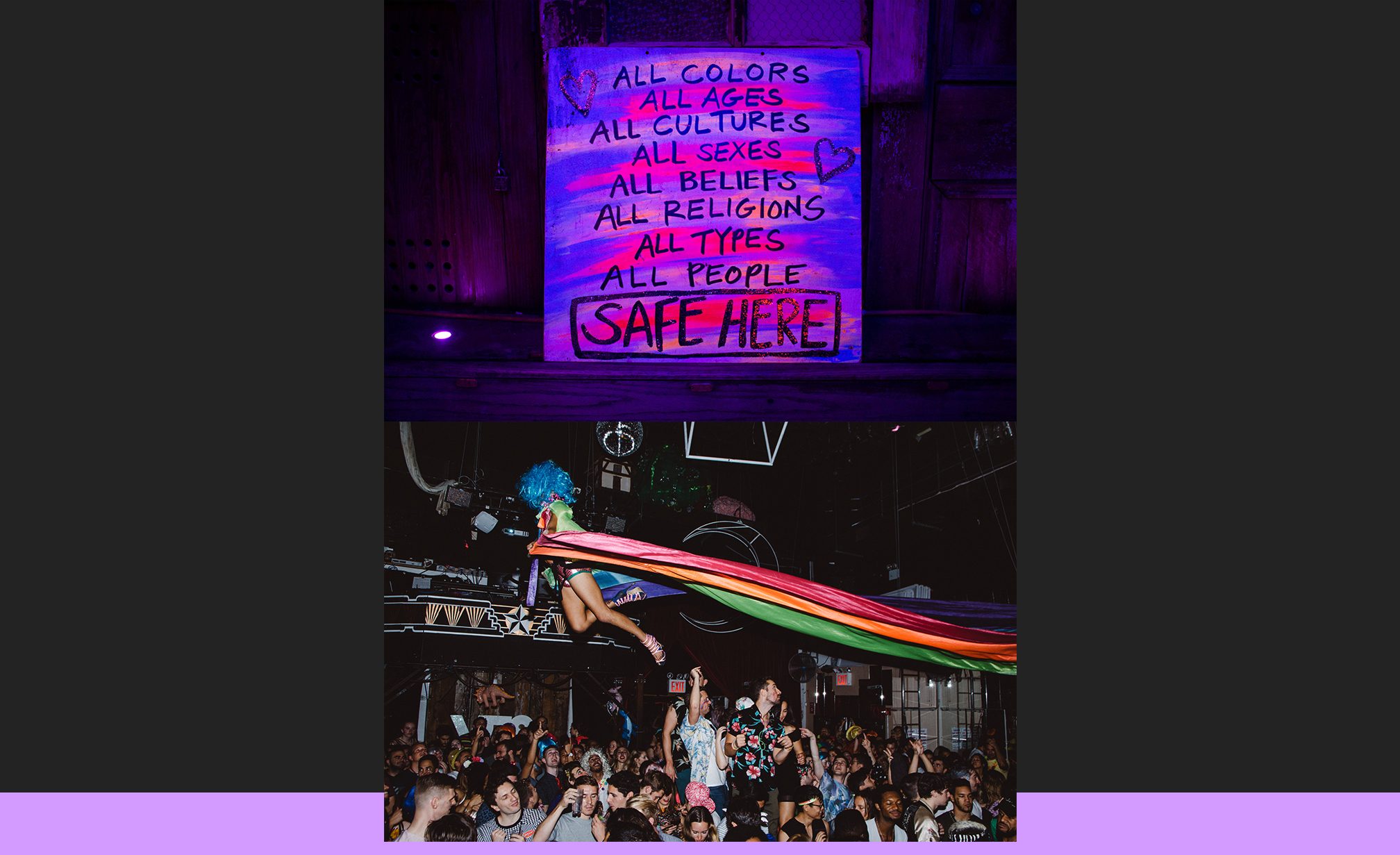
Fast forward and Brooklyn is a hotbed for nightclubs both small and large, new and old. Other cities around the world, including many in Europe, have experienced some of their best nightclubs shut down (read about The Arches, the Rainbow Venues, Golem in Hamburg and more, not to mention a host of venues in London), but Brooklyn is in the midst of a period of rapid expansion. In just the past few months major clubs have opened to add space catering to the increased demand for nightlife.
Good Room in Greenpoint quickly established itself as a rave cave when it opened its fog-filled rooms in 2014 and is continuing to deliver. The rugged oasis with high ceilings, a rugged aesthetic of thin interlocking iron rods and brick walls has become a staple of the underground and the consistently vibey atmosphere is an ideal place to spend the night. People can expect around 200 grooving bodies immersed in vapors as light dances off the giant disco ball in the center of the dance floor. There is no VIP area or giant stage setup. The DJ booth is framed floor level, the sound is cranked up and the focus is placed strictly on the dance. And the crowd is known to get after it.
Local DJ and producer David Paglia, who has standout releases on labels like Soul Clap Records, spoke on what’s remarkable about the conscious Brooklyn community: “There is a musically intellectual crowd here in Brooklyn whom are really responsive to club music, dancing hard until there is sweat on the walls! Head out to Detroit for Movement or all the way to Romania for Sunwaves and this Brooklyn crowd is representing strong at these as well, they get it.”
With a blooming, mindful community, venues are popping up to quench the thirst for dance music. Event production and promotion company Popgun Presents opened their sprawling nightclub Elsewhere just a few months ago at the tail end of 2017. Its massive main room, with a DJ booth that’s just out of reach from dancers, a ceiling that disappears in your peripherals, an intricately woven structure of lights and hard-hitting sound, is ideal for both bands and selectors alike. Plus the intimate Zone 1 room just to the side offers a contrast in sound and style. In just a few months it’s stormed the Brooklyn scene by boasting mega lineups featuring the likes of Derrick May, TEED, Kölsch, Hot Chip, Shifted and more. It has undoubtedly shaken up the community in a big way.
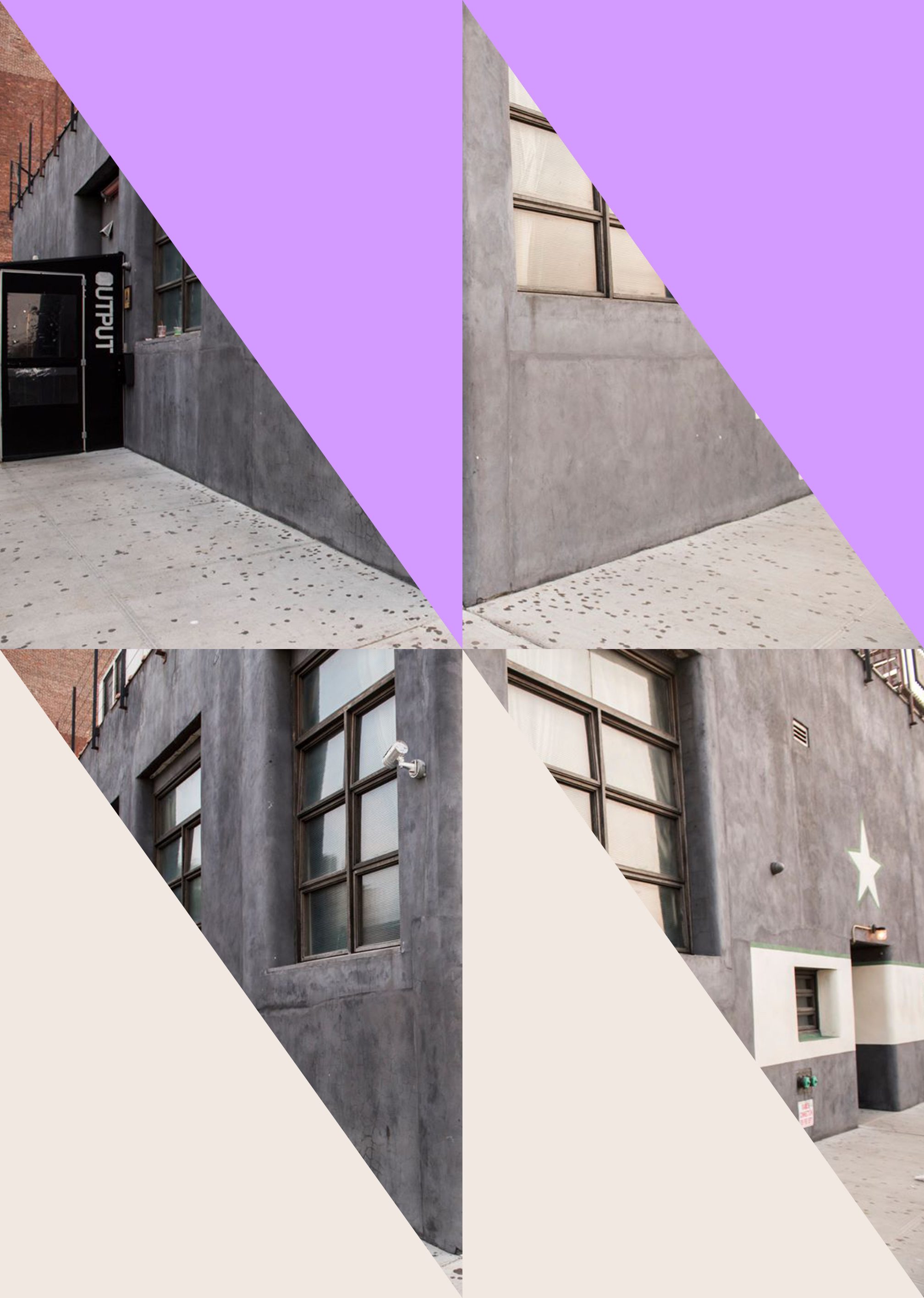
The New York industry today is populated with every promoter announcing bookings mixed with international and local talent, making competition between venues the highest it’s ever been. Perhaps this is adding pressure on nightclubs to attract punters, but it’s also prompting organizers to make a more conscious effort with their line-ups in order to build exciting events.
There's no question that The Brooklyn Mirage has also made a strong impact on the local clubbing community. It hosts some of the most stacked lineups around, with lineups that include upwards of 10 of the most sought-after artists in the world like Dixon, The Martinez Brothers, Jamie Jones, Bonobo and more. Although sprawling open-air space is open during the warmer months, the indoors warehouse keeps ravers satisfied in the off-season with the same high quality and carefully curated programming. Some artists have been known to say, "if The Brooklyn Mirage was a club in Ibiza, it would be the biggest club on the island". High praise indeed.
Immersive hotspot Schimanski, which took over and revived a well-known location in the heart of Williamsburg, is aiming to add even more life to the scene with eclectic bookings. Helmed by Eddie Dean of Pacha fame, the venue leans more toward respected underground talent rather than mainstream money grab lineups. This has yielded lineups consisting of Marcel Fengler, Carl Craig, K-HAND, Marcel Dettman and an official HYTE afterparty that was slammed throughout the night. Competition seems to be pushing Schimanski in the right direction and the local community is gravitating to the wide dancefloor, wall-to-wall visuals and booming sound system that the venue's become known for.
While continuing our conversation with Paglia during a night out, he expressed how the competition between venues is having a positive effect: “The competition is healthy in my opinion as it forces nightclubs and event collectives to constantly evolve with respect to bookings as well as soundsystems, lighting/visuals, artwork etc. I go out to dance at these clubs as often as I get to play at some of them and see this as beneficial to the scene. Sometimes the bookings conflict as in the same musical style is at multiple venues but mostly there's diversity. For example, you have choices including a techno-oriented night at a club, minimal house vibe event in a warehouse and disco get down in a lounge all in one night.”
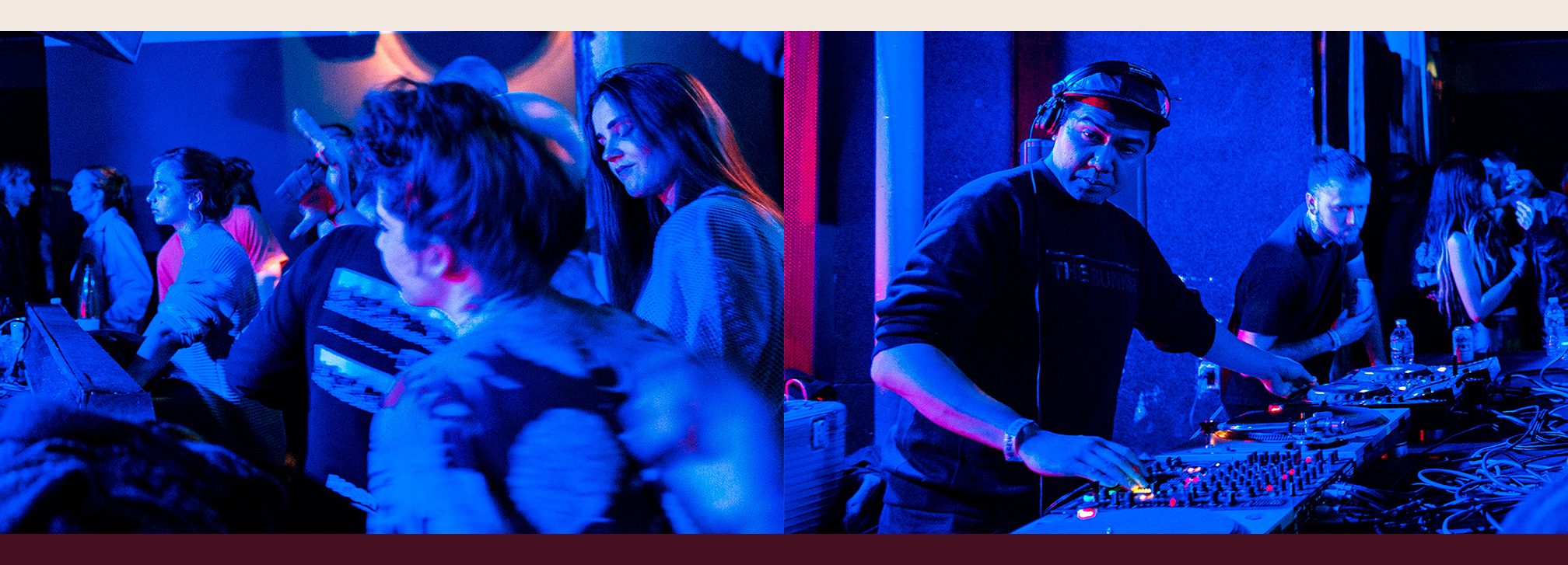
Then again, not paying attention to competition is working for others as well. More recently the local heroes of Mister Saturday Night opened their permanent indoor space at Nowadays and have booked in-demand DJs like Shanti Celeste and Avalon Emerson, yet their goal is to not compete with other nightclubs at all. Instead they view their space as a location to build a like-minded community, something they’ve been doing for the past decade with their Mister Sunday parties. Co-founder Justin Carter touched on the vision behind Nowadays as something entirely different than what other clubs are doing: “Our hope is that [Nowadays] isn’t a place involved in this 'arms race of bookings' in New York and elsewhere, where the only reason people are going to go is to see X or Y artist. We want it to be a place people come to because it feels good and is going to be fun — no matter when you come.”
This distinct focus is likely part of what is luring patrons to Nowadays, with its immersive atmosphere of thick fog and crisp sound another major pull. Other venues also have a similar mindset, in that they aim to present something exceptional aside from just bringing in the latest trending DJ. Each venue has its own personality that allows it to stand out.
One of the most unique Brooklyn nightclubs is the hedonistic sanctuary House of Yes, a multi-room space in Bushwick where costumes are mandatory, the club’s staff hang from the ceiling with dazzling acrobatics and freedom of expression is nearly forced. House of Yes is packed every night with a creative themed party and revelers are as open-minded as they come. Resident DJ Ryan Clover spoke on how the club’s essence is to let the inner wild-side breathe: “What makes House of Yes a special place is its ability to pull everyone into the freak mindset. Even the most shy people end up with their shirts off… The atmosphere has the unique ability to bring people out of their shells.”
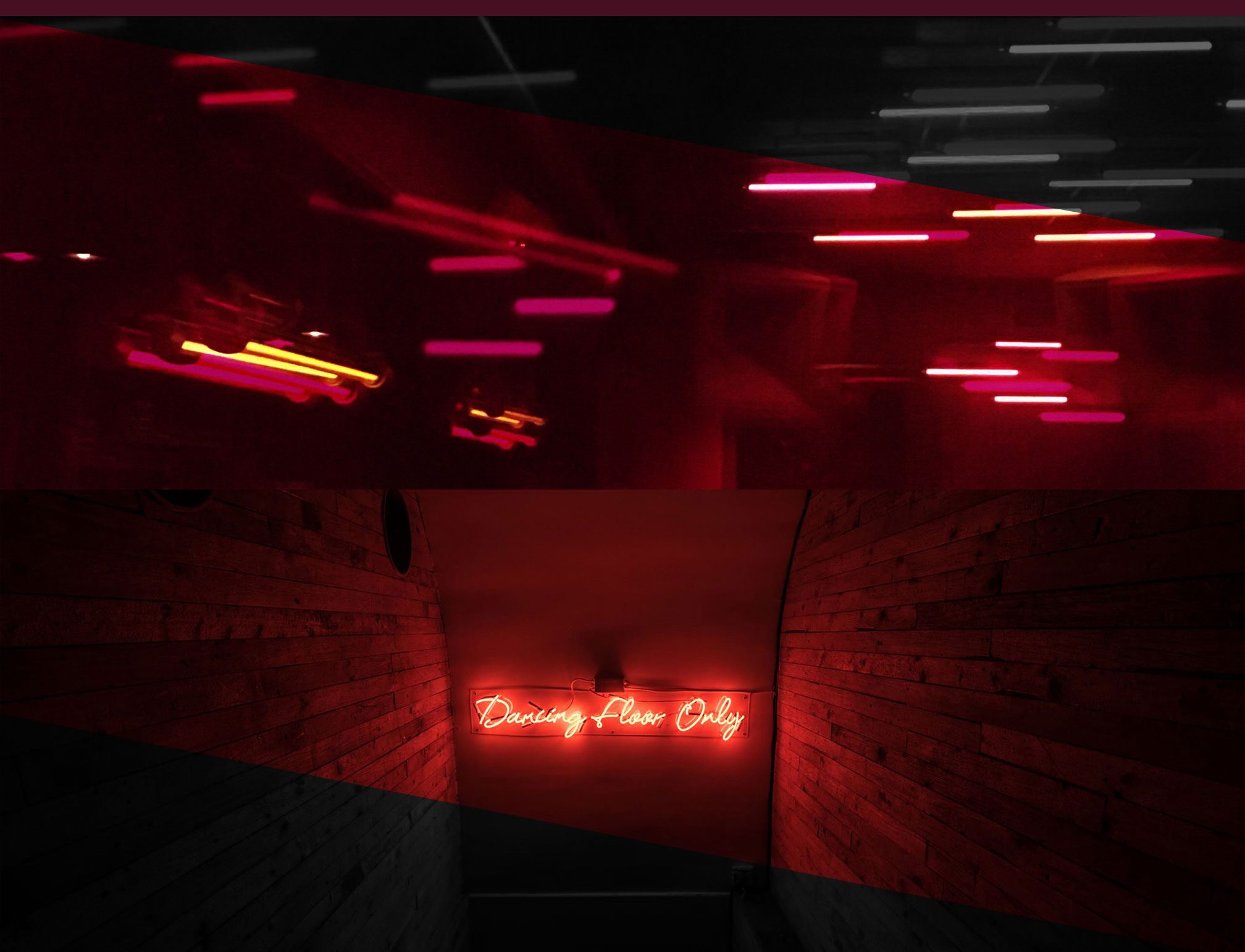
That said, these more popular venues are only half of what make Brooklyn such a hub for dance music in today’s global nightclub industry. As the scene moves into the era following the repeal of the archaic No Dancing Law, a piece of legislation that restricted venues from operating as dance clubs, more intimate venues have proven to be a major attraction for international talent as well.
Seb Wildblood, the Church label boss from London, is now a face in NYC thanks to appearances at Jupiter Disco and Black Flamingo. These venues have a smaller capacity and are usually packed full on key nights. Wildblood sees these types of venues as a necessary part of why the Brooklyn community is thriving and are typically his favorites to play at: “First and foremost it's the energy and close relationship with the dance floor. I find crowds are more engaged in smaller clubs, maybe this is due to having to seek out the parties a little harder, or perhaps because of the warmer atmosphere. You get to know the door staff, know the people… That’s when a venue really flourishes for me. I need that personal connection.”
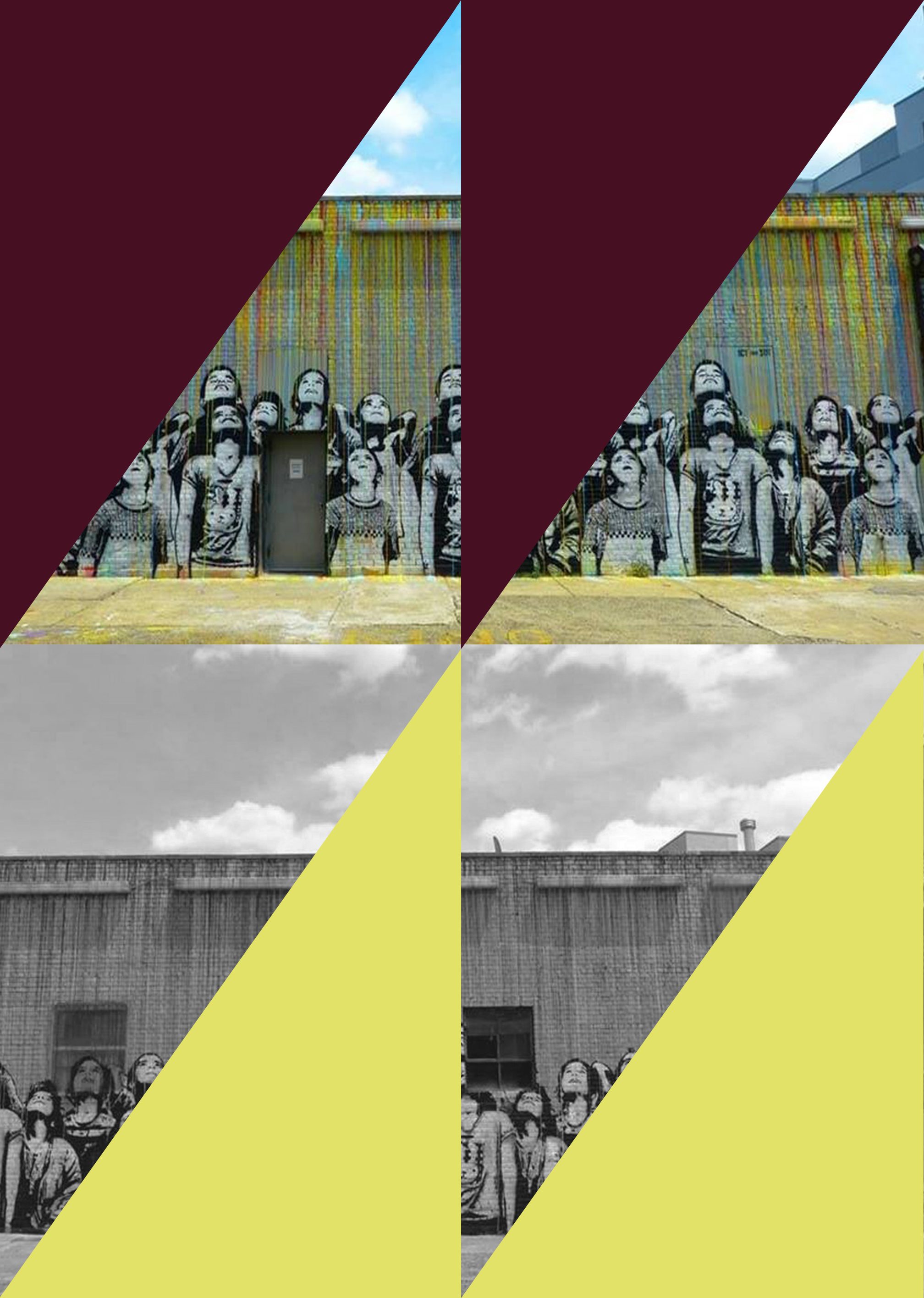
Venues like TBA, Bossa Nova, Jupiter Disco, Rose Gold and even others like Mad Tropical provide quality sound for intimate dancefloors to erupt and are helping to create a new mecca in the dance music industry. With the increased number of intimate venues paired with a collection of mega clubs, Brooklyn is rivaling cities like Berlin that are thought to be the best cities for a proper dance. Don’t believe us? These are just the easily accessible venues. For more on Brooklyn’s booming dance music community, find out how the after hours parties are the beating heart of NYC nightlife here.
Harrison Williams is Mixmag's East Coast Editor, follow him on Twitter


